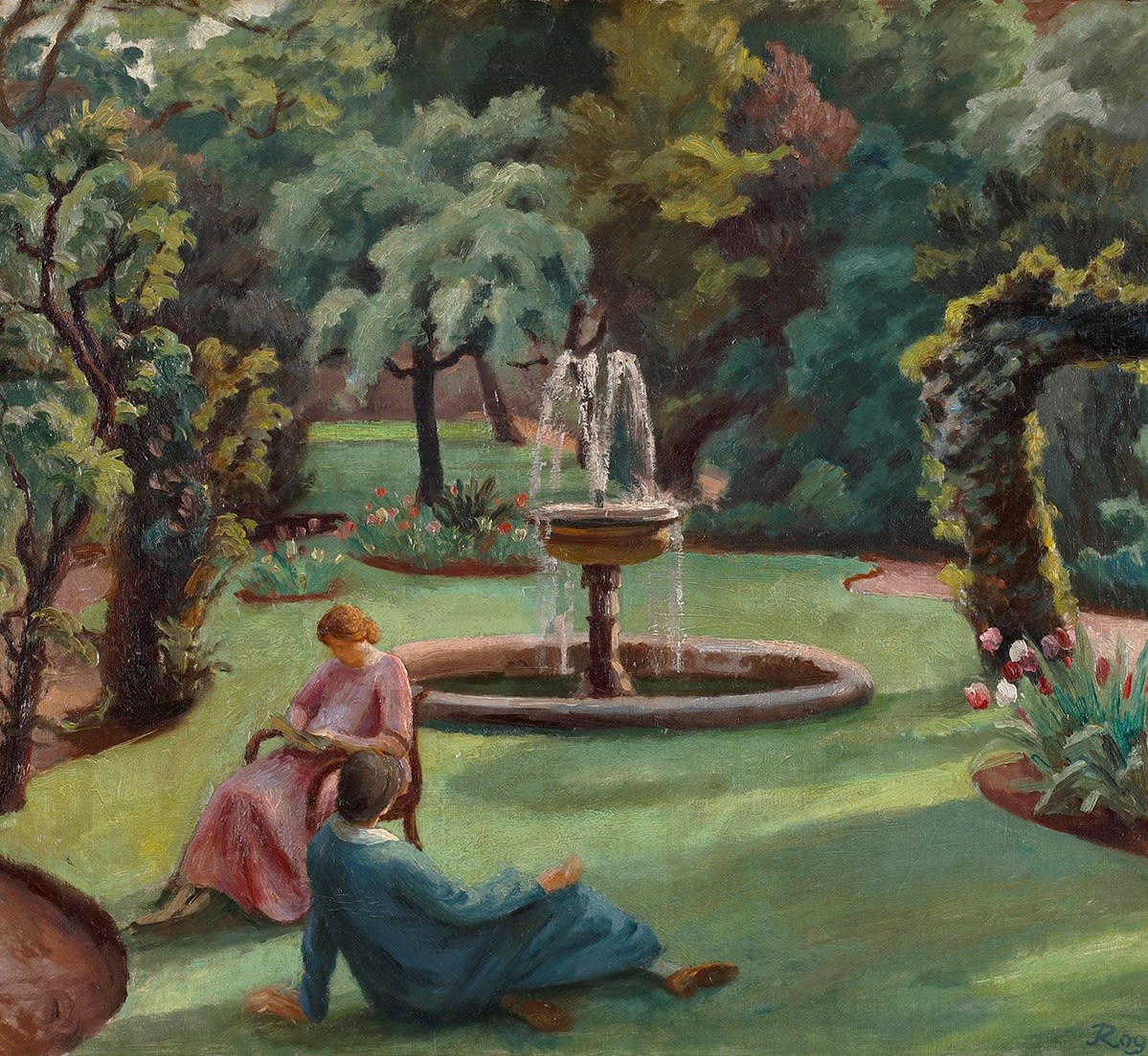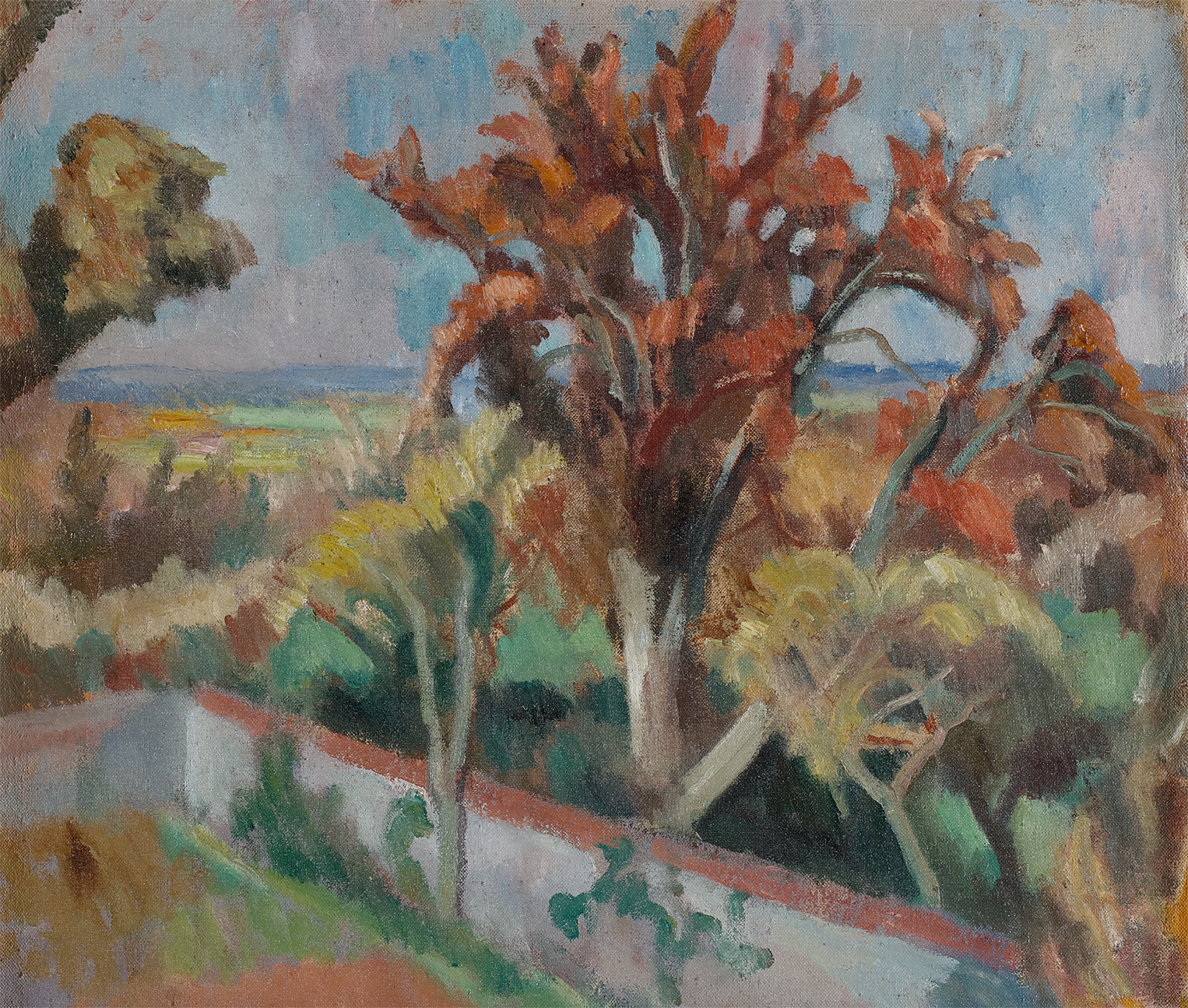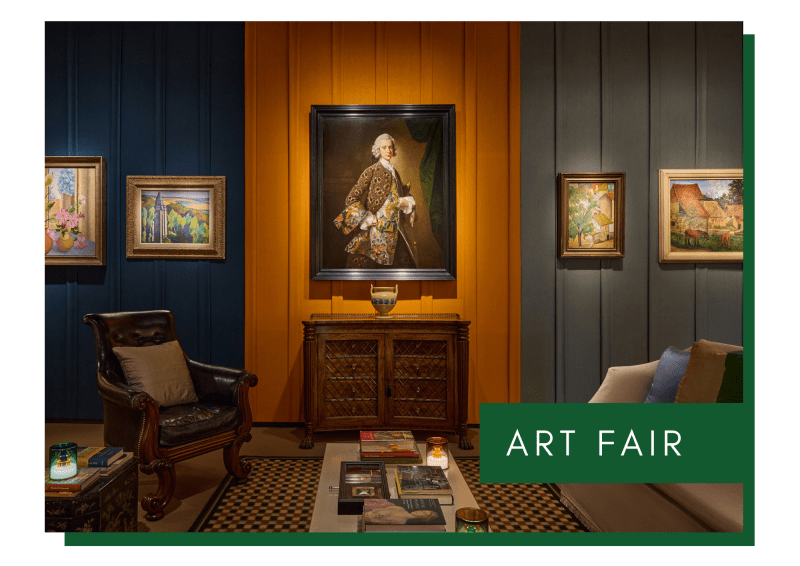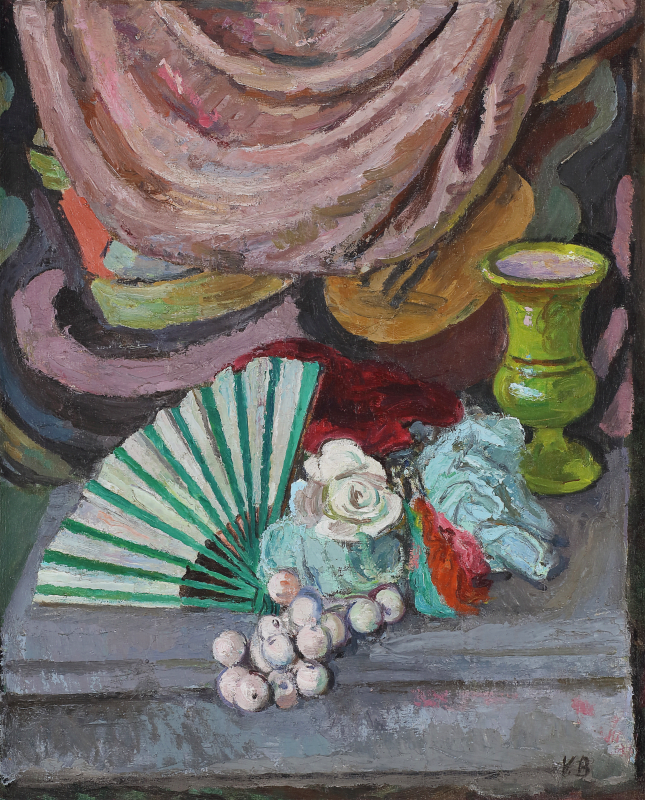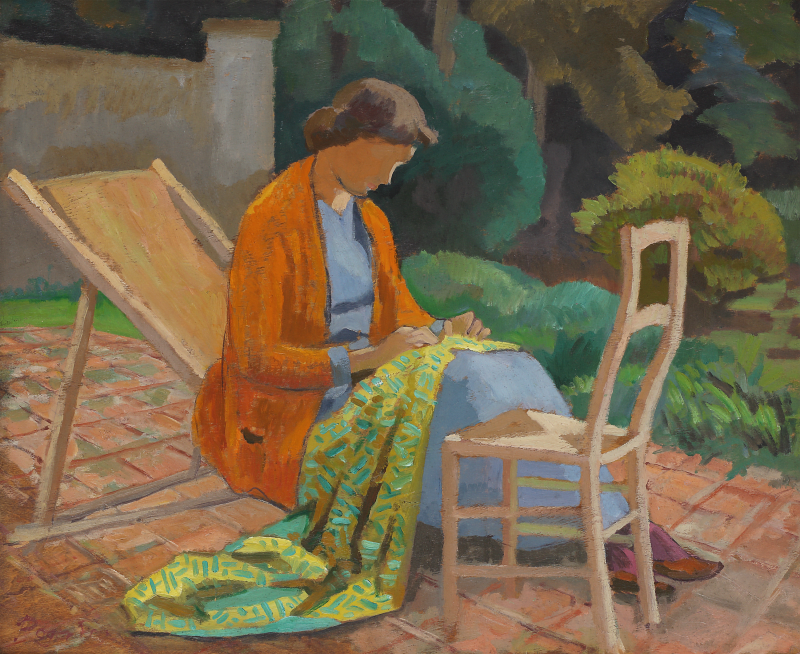Full Biography
Fry was born in 1866 at 6 The Grove, Highgate, Middlesex to Sir Edward Fry (1827–1918) and Mariabella (1833–1930), daughter of Elizabeth Howard and John Hodgkin. Born into a Quaker family, Fry had been given little artistic exposure as a child. After an initial period of home schooling, Fry was educated at George's preparatory school, Ascot, from 1877 to 1881, before moving on to Clifton College, Bristol. He went on to study natural sciences at King's College, Cambridge. However, it wasn’t science that captivated Fry at Cambridge. He became increasingly engaged in the arts through his membership of the élite and exclusive Conversazione (or ‘Apostles’) Society. Tired of the quiet parochialism of university life, he eventually left Cambridge in 1889for the rush and excitement of London and Paris.
In London he trained as a painter, under the tuition of Francis Bate. After two months studying at the Académie Julian in Paris, in 1892, he became a member of the New English Art Club (NEAC), in 1893.
Artist, art historian, critic, writer and tastemaker, Roger Fry was one of the most influential figures within the history of twentieth century British art.
Fry was born in 1866 at 6 The Grove, Highgate, Middlesex to Sir Edward Fry (1827–1918) and Mariabella (1833–1930), daughter of Elizabeth Howard and John Hodgkin. Born into a Quaker family, Fry had been given little artistic exposure as a child. After an initial period of home schooling, Fry was educated at George's preparatory school, Ascot, from 1877 to 1881, before moving on to Clifton College, Bristol. He went on to study natural sciences at King's College, Cambridge. However, it wasn’t science that captivated Fry at Cambridge. He became increasingly engaged in the arts through his membership of the élite and exclusive Conversazione (or ‘Apostles’) Society. Tired of the quiet parochialism of university life, he eventually left Cambridge in 1889for the rush and excitement of London and Paris.
In London he trained as a painter, under the tuition of Francis Bate. After two months studying at the Académie Julian in Paris, in 1892, he became a member of the New English Art Club (NEAC), in 1893.
Although at this time, Fry was unable to support himself by painting, he was lauded as an exceptional lecturer and public speaker. With his foundation of the Burlington Magazine in 1903 and editorship of it in 1909-18, Fry can make claim to having been one of the most significant forces in British art history of the twentieth century.
From 1906-10, Fry was curator of paintings at the Metropolitan Museum of Art, New York, although increasingly during this time he turned his attention to modern French Art. In 1910, he returned to London and staged his seminal exhibition at the Grafton Galleries; Manet and the Post-Impressionists. Regarded as a monumental milestone in the history of British taste, they attracted an enormous amount of publicity, most of it unfavourable. He stated his second Post-Impressionist exhibition two years later in 1912 which included Vanessa Bell and Duncan Grant. [RD1] Fry’s relationship with Bell and Grant grew stronger by the day; the three artists began to experiment with avant-garde techniques and were amongst the first painters in Britain to experiment with purely abstract paintings.
A few months after the closing of this exhibition, in 1913, Fry, Bell and Grant established the Omega Workshop[RD2] . The Omega ethos was governed by an avant-garde aim to celebrate the decorative and break down any segregation between fine art and design. The group focused on decorative interiors as a form of fine art, to be found in anything from pottery to rug design. [RD3] A year later in 1914 together with Clive Bell, Roger Fry coined formalist art theory, the concept that form itself could convey an emotion, thereafter leading to the development of abstract and modern art.
For all his academic influence, Fry saw himself primarily as an artist. His close association with the Bloomsbury group [RD4] artists helped with the development of his painterly style that in turn allowed him better to appreciate the modernism emanating from Paris.
Fry sadly died unexpectedly, after a fall in his home in 1936. His death was greatly mourned by the Bloomsbury group, and Vanessa Bell decorated his casket. Following his death fellow group member Virginia Woolf wrote Fry’s biography, which was published in 1940.
